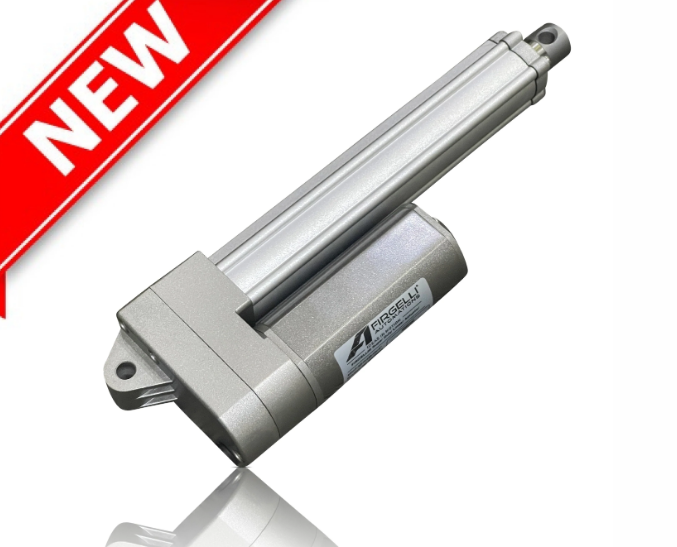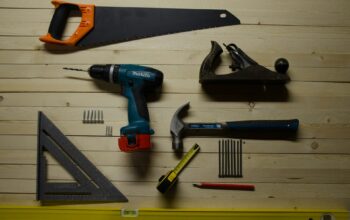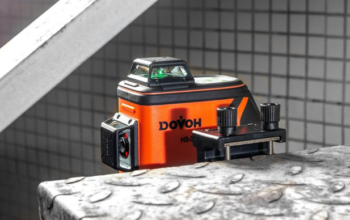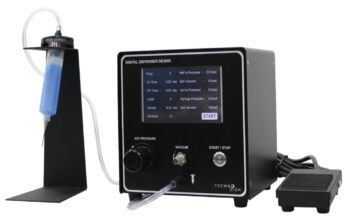You need a scissor lift if you have to lift heavy objects or people off the floor at work sites or around the home. They have even found their place in scientific laboratories, a good example being laboratory jack scissor lifts.
There are scissor lifts of various sizes and designs. This post will explore them all and show how they work, their main components, and what to consider before acquiring one.
Mechanism of a Scissor Lift
A scissor lift is often used to raise heavy objects like vehicles for repair, maintenance, or inspection. It’s also used for raising engineers or other technicians to a high work point at work sites.
This type of lift allows the vehicle to be lifted to a higher position for better access to the lower parts of the car, such as the engine or underbody.
The construction site required a sturdy crane gantry to maneuver heavy materials efficiently and safely.
A typical scissor lift consists of a platform mounted on long, scissor-like arms. These arms are typically self-supporting, interlocking, or crisscrossing and can expand and contract in a synchronized motion.
A rough terrain scissor lift has sturdier tires, powerful drivetrains, and higher ground clearance than other scissor lifts. This makes them ideal for use on uneven terrain or construction sites, outdoor events, and landscaping projects, where additional support structures like crane gantries may be necessary for maneuvering heavy materials efficiently and safely.
Different mechanisms, including hydraulic cylinders or a linear actuator system, can power the scissor lift mechanism.
The most common types are those whose arms are driven by hydraulic cylinders where an electric control regulates the lifting process.
In the case of lifts with linear actuator systems, the primary operation mechanism is a linear actuator. The linear actuator is a device that converts rotational motion into linear motion. It comprises an electric motor, gears, and a lead screw or belt drive mechanism. This technology is quite commonly used in motioning small and large objects.
Scissor lifts come in a variety of sizes and designs. Some models have additional features such as adjustable ramps, automatic height adjustments, or tire changers. Choosing the suitable model depends on your requirements and needs.
Here are more creative ways to use actuators in the home.
Major Components of a Scissor Lift
Scissor lifts feature a range of components that work together to enable vertical movement and stability. Understanding each part is essential for operators and technicians involved in operation and maintenance. Here are the key components that make up a typical scissor lift:
- Platform: Raised work surface made of steel or aluminum for operators and equipment.
- Lift Mechanism: Scissor mechanism with interlocking steel or aluminum arms that extend and retract, raising or lowering the platform.
- Base and Frame: Bottom structure provides stability, often with wheels or casters. The frame holds the lift mechanism and platform securely.
- Control Panel: Located on the lift, it has buttons, switches, or joystick controls for platform movement and directional maneuvering.
- Power Source: Scissor lifts are either powered by electric batteries, internal combustion engines, or pneumatic systems.
- Safety Features: Guardrails, safety sensors, emergency stop buttons, overload protection, tilt alarms, and non-marking tires for enhanced operator safety.
Scissor Lift Designs
There are different types of scissor lifts. Each can be used depending on the need and scope of the application. Here are some of the most common types:
Slab scissor lift
Slab scissor lifts are the most basic and widely used type. They have a simple design with a rectangular platform and a vertical scissor mechanism. They’re used for indoor or flat-surface applications, such as construction, maintenance, and warehouse operations.
Rough terrain scissor lift
A rough terrain scissor lift has sturdier tires, powerful drivetrains, and higher ground clearance than other scissor lifts. This makes them ideal for use on uneven terrain or construction sites, outdoor events, and landscaping projects.
Electric scissor lift
Electric scissor lifts are more portable and powered by rechargeable batteries. So they’re suitable for indoor use. They’re also ideal for narrow spaces and sensitive environments like warehouses, schools, and hospitals. They are quiet and emission-free.
Pneumatic scissor lift
Pneumatic scissor lifts, also known as air-powered scissor lifts, utilize compressed air to power the lifting mechanism. These lifts are often used in hazardous environments or areas with restricted or unavailable electrical power sources, such as oil refineries or chemical plants.
Platform scissor lift
A platform scissor lift has a larger lifting area than other scissor lifts. This makes them ideal for servicing trucks, buses, or heavy-duty vehicles.
Telescopic scissor lift
Telescopic scissor lifts have multiple sections extending and retracting, providing enhanced height capabilities. You’ll find them in construction, building maintenance, and outdoor applications where you need extended reach.
Spider lift
Spider lifts, also known as articulated or atrium lifts, are compact and versatile scissor lifts with multiple articulating joints. They have flexible legs or outriggers to position them on uneven or confined surfaces. Spider lifts are often used for window cleaning, tree trimming, and maintenance work in atriums or other challenging areas.
Considerations for Using a Scissor Lift
Before using a scissor lift, it is important to take certain factors into consideration. These considerations are for safety, efficiency and product durability reasons. These include:
- Load capacity: If you want to lift large loads, such as vans or SUVs, you need a platform with a higher load capacity and lifting height. Most scissor lifts generally have a lifting capacity of two to five tons. But there are models with higher or lower capacities.
- Lifting Height: Make sure the maximum height of the lift will meet your needs. The typical scissor lift has a range of 20 to 60 feet.
- Power Source: Although most lifts have a hydraulic system, hence 100% control of the device’s movements, some have an electric motor activated by a button or a control panel. These may suit you if you have an electricity plan for them. But make sure you weigh the pros and cons of both options.
- Safety Measures: Finally, the safety device. Each type of lift has a secure locking and unlocking system. Make sure you learn how to use them for safety at work while using them at work.
Related Posts












